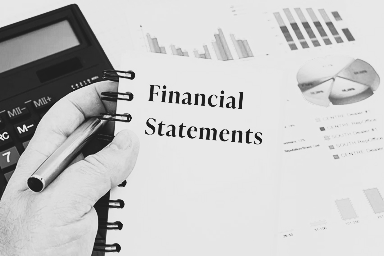Communication is the cornerstone of human interaction, playing a vital role in building relationships and enhancing every aspect of our lives. Mastering the art of effective communication can bring about positive changes, fostering deeper connections, resolving conflicts, and improving overall well-being. In this article, we will explore key strategies to help you develop stronger relationships through the power of communication.
Active Listening:
One of the fundamental aspects of effective communication is active listening. When engaging in a conversation, give your full attention to the speaker, maintaining eye contact and displaying genuine interest. Avoid interrupting and practice empathetic listening, seeking to understand the speaker’s perspective and emotions. By truly listening, you create a safe space for open and honest communication, strengthening the bond between individuals.
Clarify and Express Thoughts:
Clearly expressing your thoughts and feelings while maintaining clarity is essential for effective communication. Use concise language, avoid jargon, and articulate your message in a way that is easily understandable. Additionally, encourage others to share their thoughts by asking open-ended questions and providing a non-judgmental environment for expression. Honest and respectful communication promotes trust and fosters stronger relationships.
Non-Verbal Communication:
Communication is not solely limited to words; non-verbal cues play a significant role as well. Pay attention to body language, facial expressions, and tone of voice, as they can convey emotions and intentions. Maintain a relaxed posture, make appropriate gestures, and ensure that your non-verbal signals align with your verbal message. Being mindful of non-verbal cues enhances understanding and prevents miscommunication.
Emotional Intelligence:
Developing emotional intelligence enables you to understand and manage your emotions and empathize with others effectively. Cultivating self-awareness, recognizing emotions, and regulating reactions allow for more considerate communication. Empathy allows you to connect on a deeper level, demonstrating understanding and support, which leads to stronger relationships.
Conflict Resolution:
Conflicts are a natural part of relationships, but how they are managed can determine their impact. Effective communication plays a crucial role in resolving conflicts peacefully. Maintain a calm and respectful tone, actively listen to each other’s concerns, and seek common ground. Collaborative problem-solving encourages compromise and builds trust, leading to healthier and more fulfilling relationships.
Mastering the art of communication is a lifelong journey that can profoundly impact your relationships and overall well-being. By actively listening, expressing thoughts clearly, being mindful of non-verbal cues, developing emotional intelligence, and embracing conflict resolution, you can foster stronger connections, promote understanding, and improve various aspects of your life. Communication is indeed an art worth cultivating.
Who we are: Funded.com is a platform that is A+ BBB rated over 10+ years. Access our network of Investors, get instantly matched with a Lender, or get a business plan by visiting us Funded.com
You can review our featured partners to help your success with your business or project.















